Decentralized privacy for modeling human mobility
Hamish Gibbs
May 31, 2024
Overview
Impact of federated data with local differential privacy for human mobility modeling
Hamish Gibbs1, Mirco Musolesi 2, James Cheshire 1, Rosalind M. Eggo 3
1UCL Department of Geography
2UCL Department of Computer Science
3LSHTM Department of Infectious Disease Epidemiology
Topics: Human Mobility, Data Privacy, Decentralized Data
Mobility data
- Location data from mobile phones is used for:
- Epidemic modelling
- Urban planning
- Natural Disaster response
- Augmenting offical statistics
- Much more…

Effect of lockdown on mobility in the UK. From: Gibbs et. al. (2021).
Decentralized mobility data
- Major changes are coming to systems for generating mobility data.
- Previously: Individual-level mobility data was stored in a single database.
- Increasingly: Mobility data are stored and processed on the device that collected them.
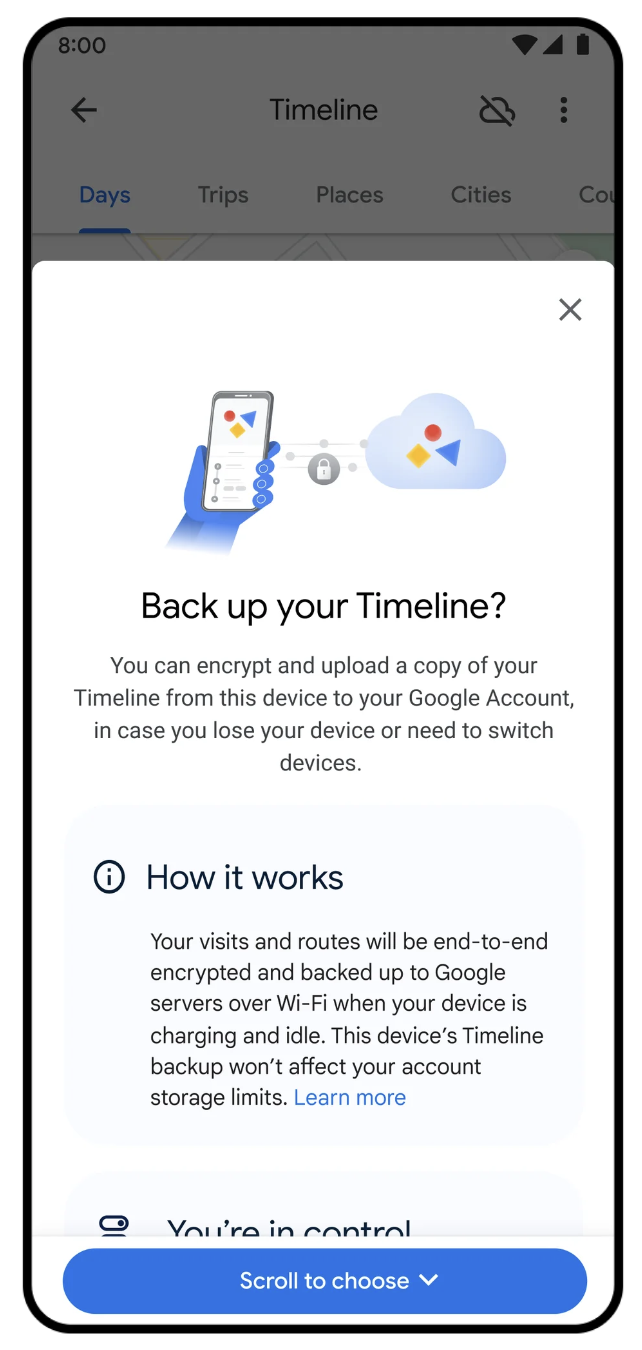
Privacy risks
- Unique mobility patterns, “linking” with spatial context
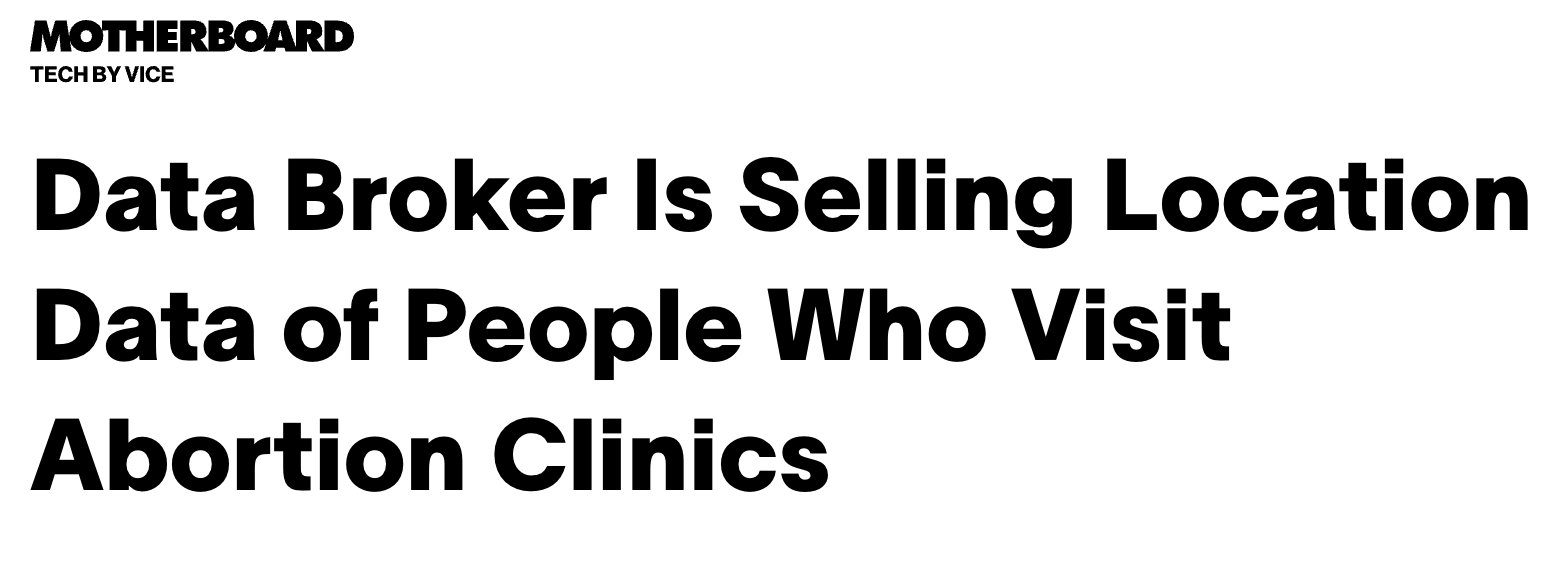
|
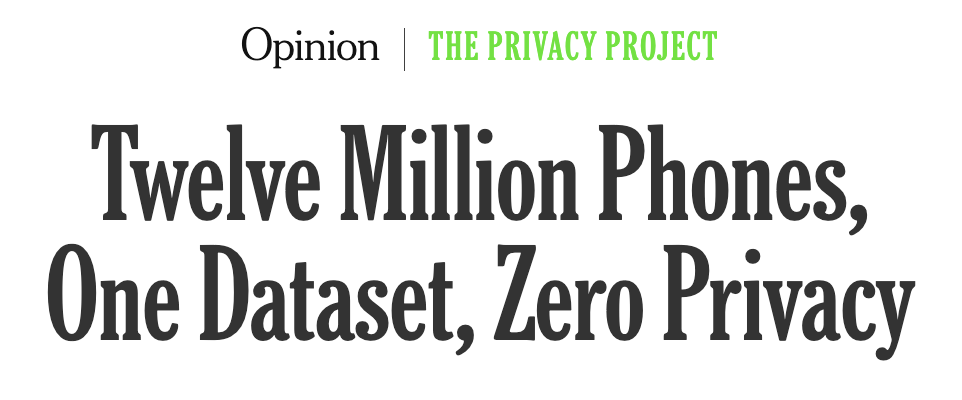
|
|

|
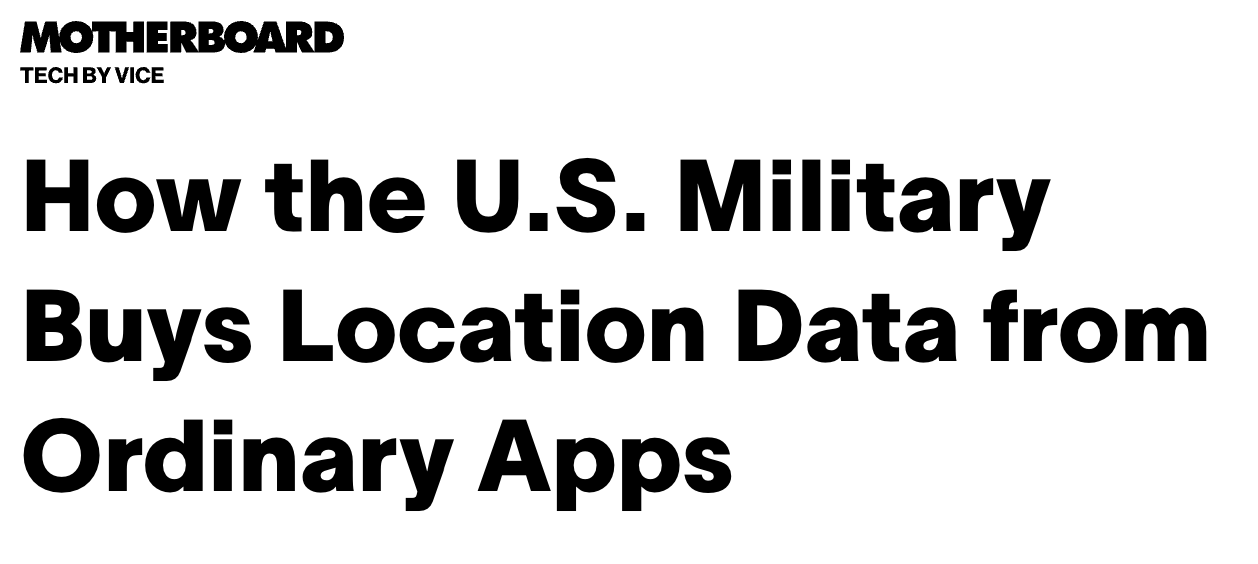
|

|
Sources (clockwise from top-left): Vice, New York Times, Vox, ACLU, Vice, New York Times.
Current privacy models
- We focus on: origin-destination (OD) networks.
- Two common approaches to privacy in OD networks:
- K-anonymity (low count suppression).
- Differential privacy (DP) (calibrated noise defined by a privacy budget ε).
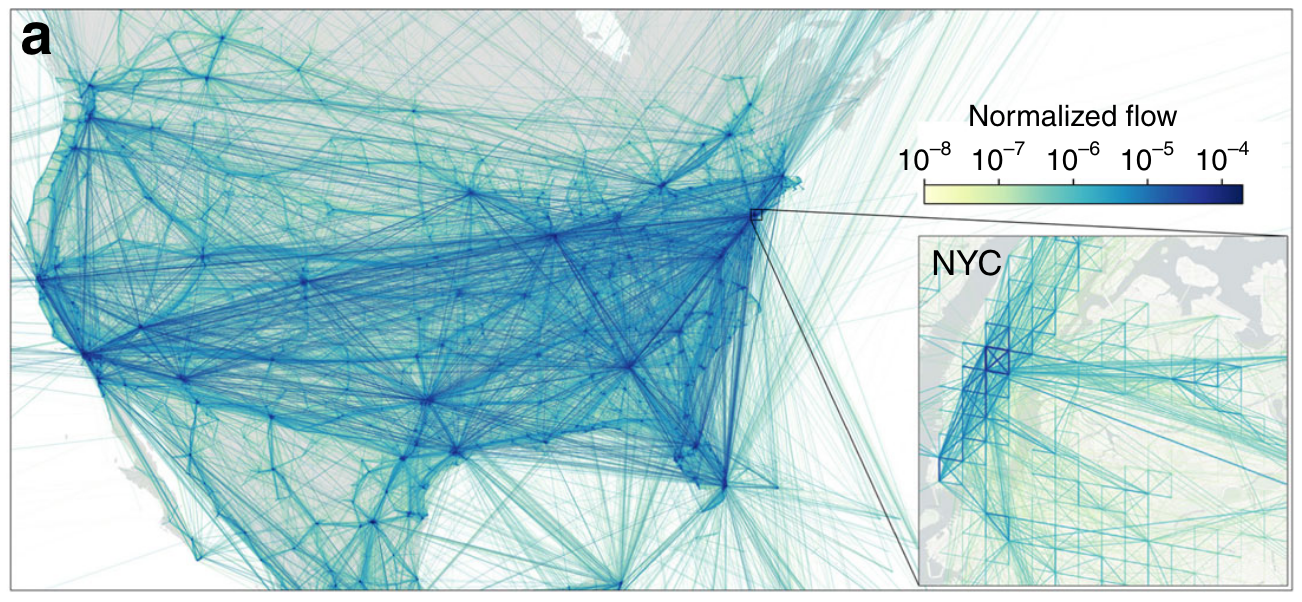 OD network with differential privacy.
OD network with differential privacy.
From: Bassolas et. al. (2019).
Decentralized privacy
- Current privacy models require centralized collection of location data.
- Alternative: Federation with Local Differential Privacy (LDP).
- Key question: Does the noise required by LDP introduce too much error?
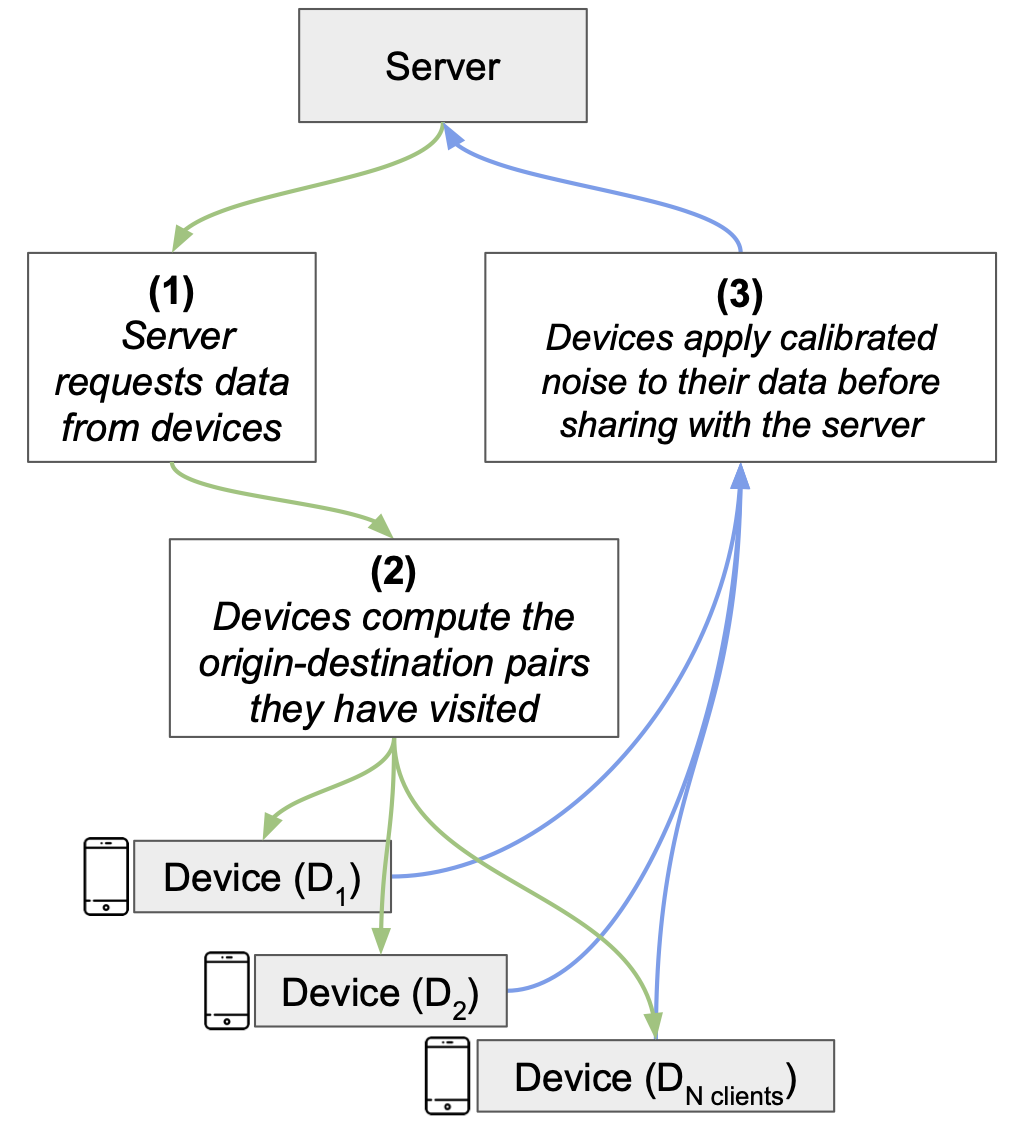
Methods
- Simulate a decentralized location dataset
- Apply privacy with three different models
- k-anonymity, Central DP, LDP.
- Quantify impact on data accuracy of:
- Privacy model
- Privacy model parameters
- Units of spatial / temporal aggregation
Methods

- Simulated individual mobility reproduces collective dynamics from empirical data.
Results
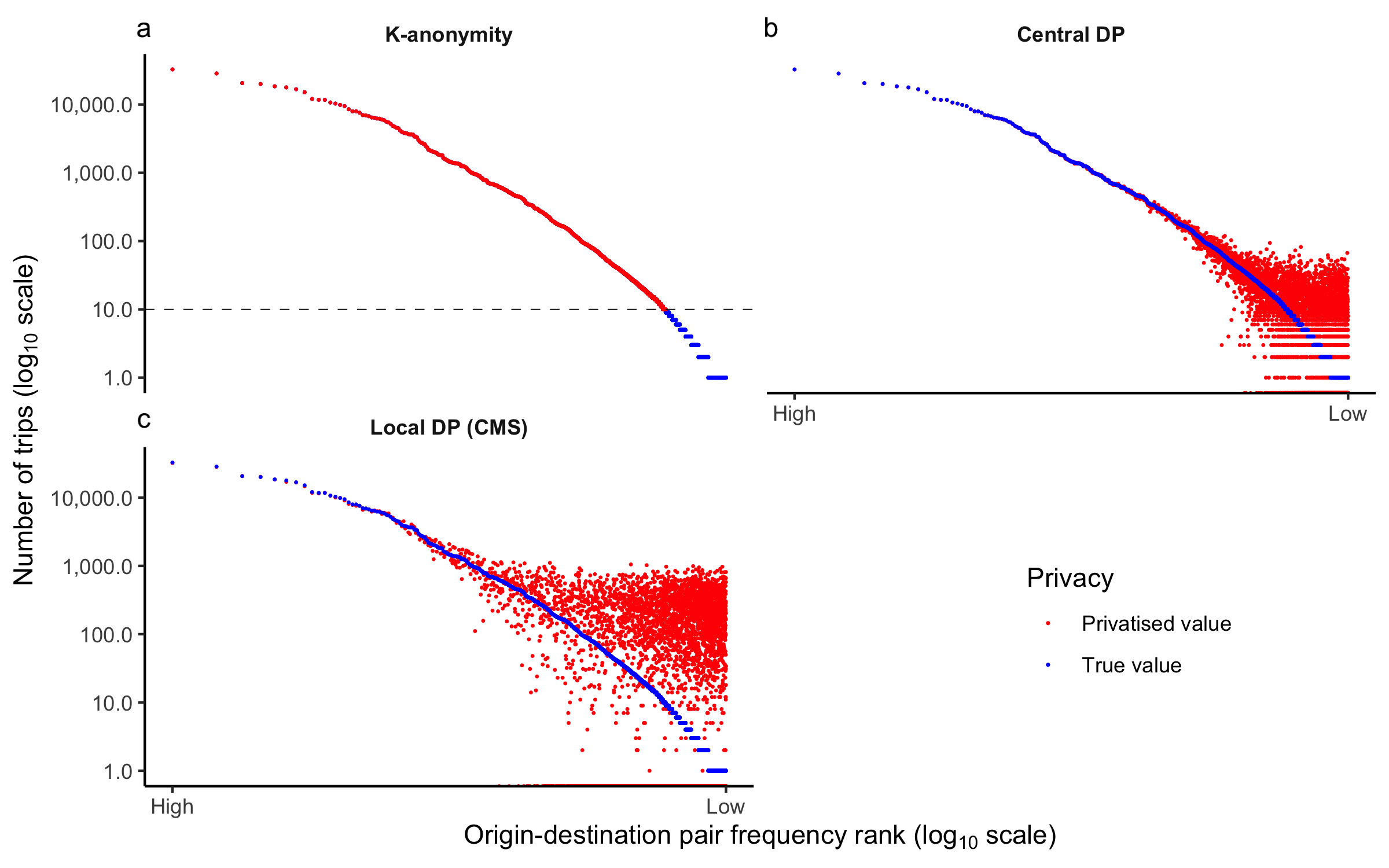
- “Compounding” noise required for LDP introduces high error for low frequency edges. Privacy parameters: a) k=10, b) ε=1 , s=10, c) m=2340, k=205, ε=5, s=10.
Results
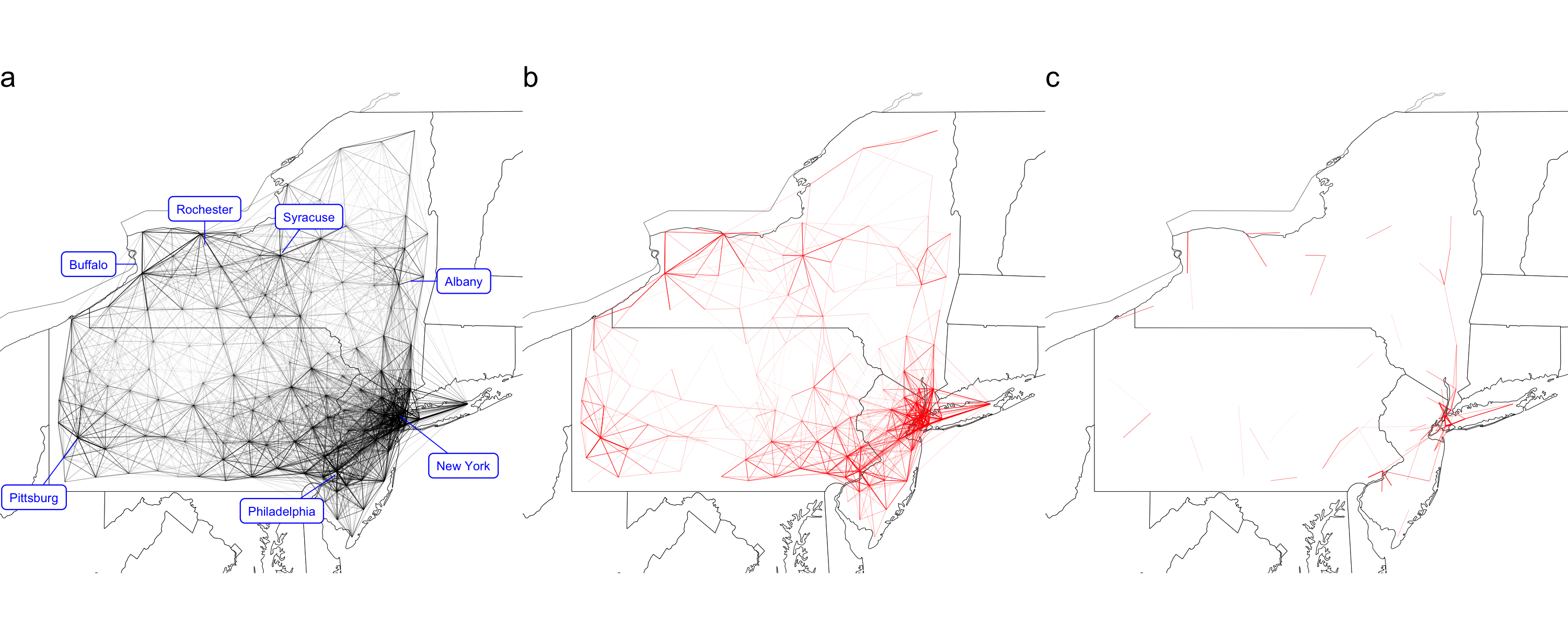
- Most connections have error >10% in an LDP network. a) Original data, b) Central DP network, c) LDP network.
- But, there are many “levers” to improve data accuracy.
Results
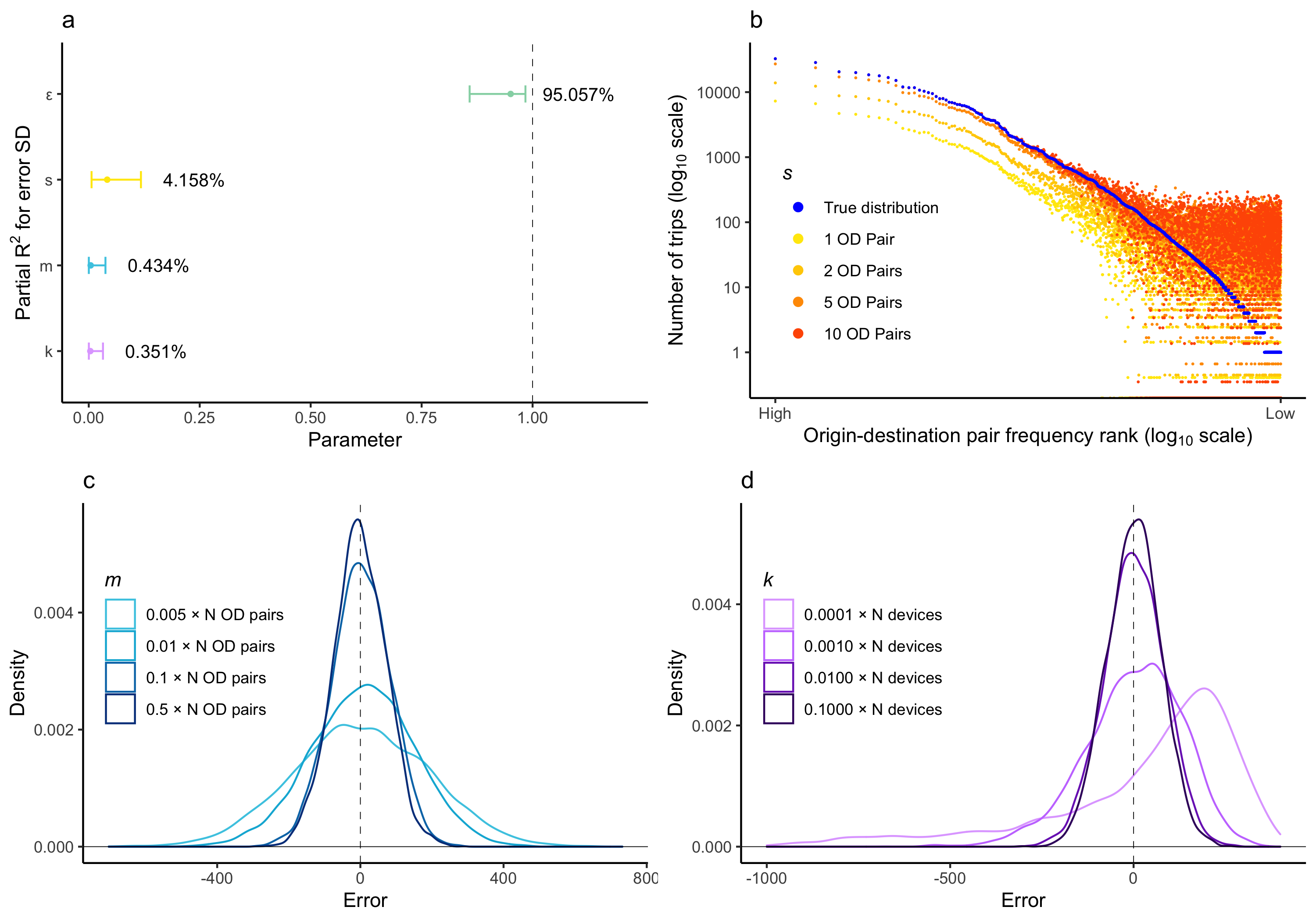
- One ‘lever’: changing algorithm-specific privacy parameters.
Results
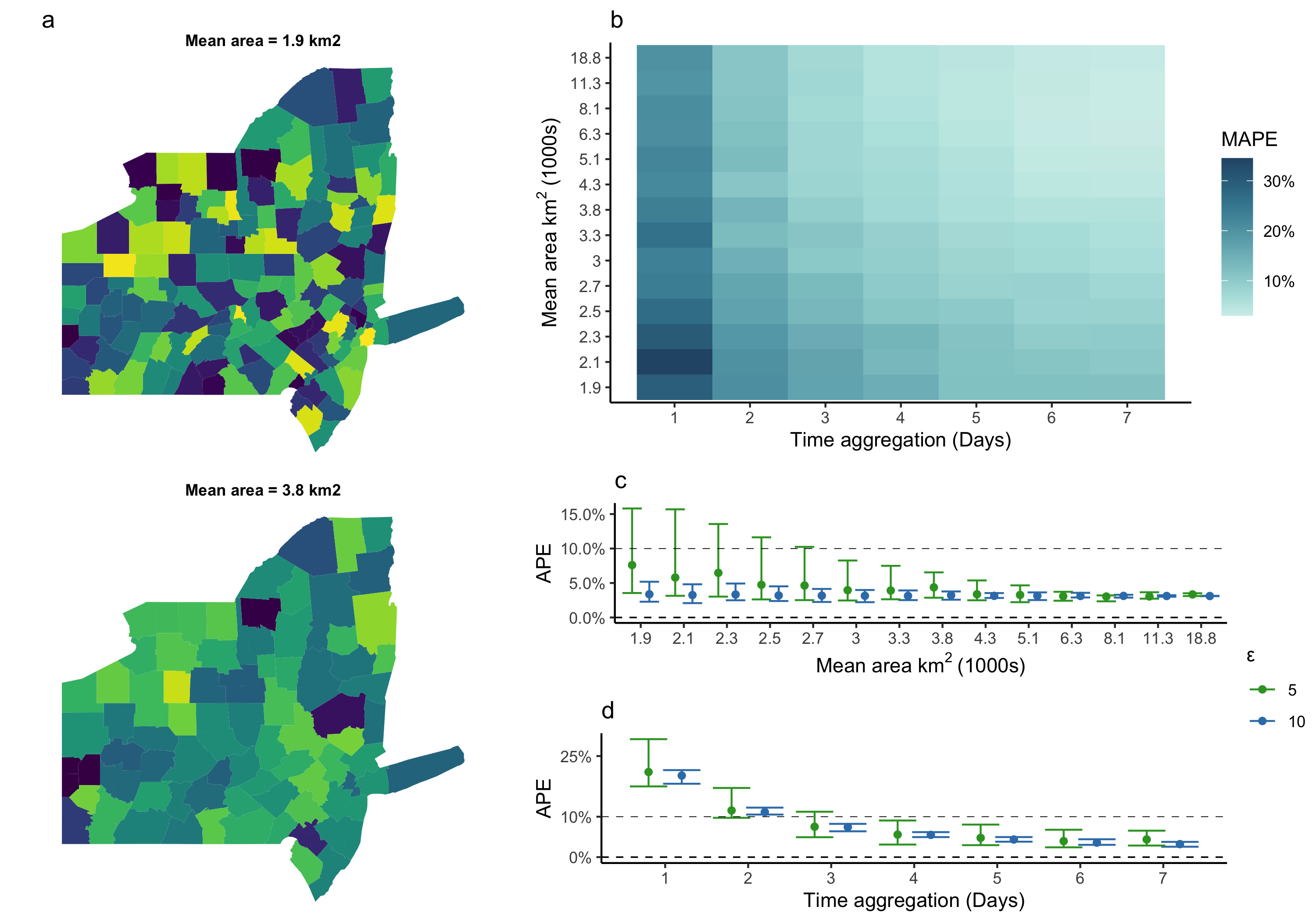
- Another ‘lever’: choosing units of spatial/temporal aggregation.
Conclusions
- Simulating individual-level mobility data allows full transparency into effect of privacy choices.
- There are many opportunities to improve data accuracy.
- Decentralized data with LDP could allow continued use of mobility data.
- Also: new opportunities for understanding human behavior (on-device data linkage, complex analytics).